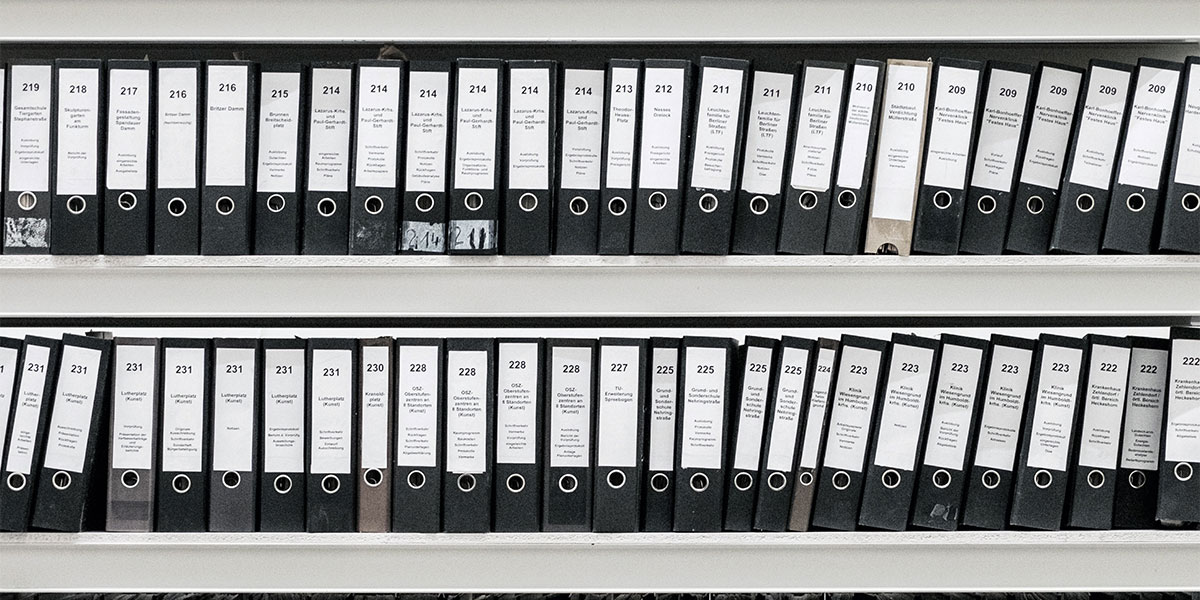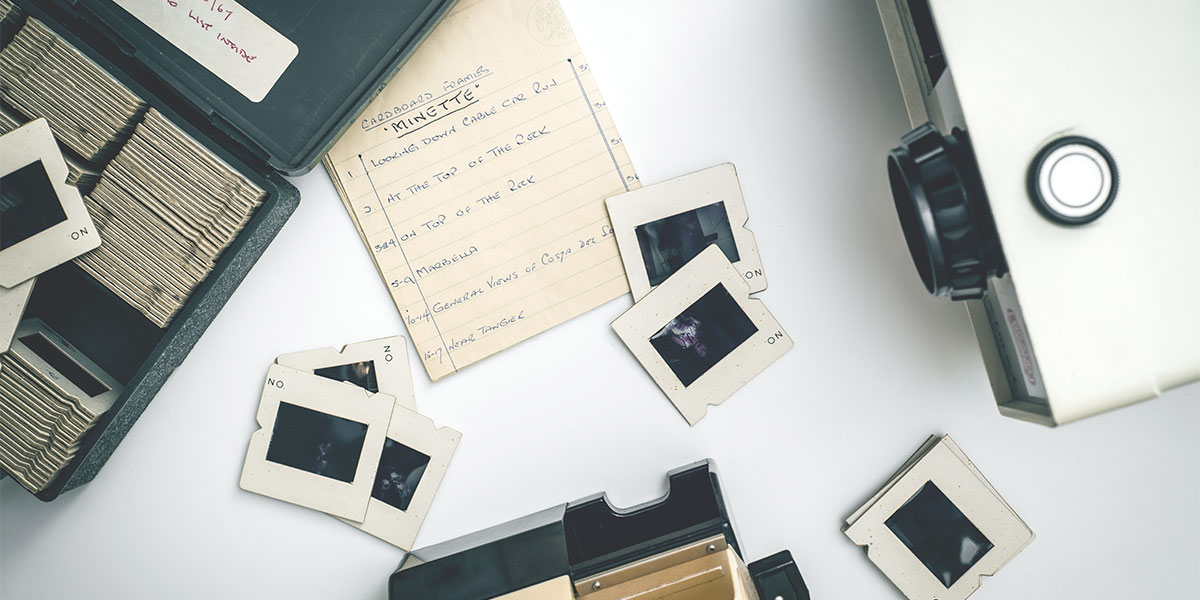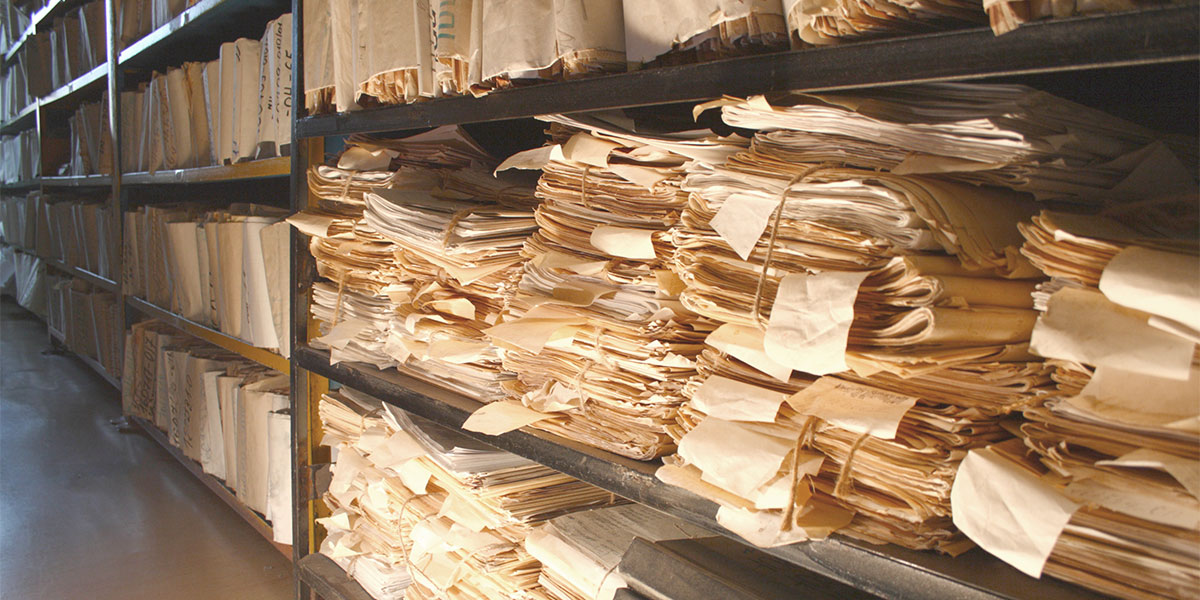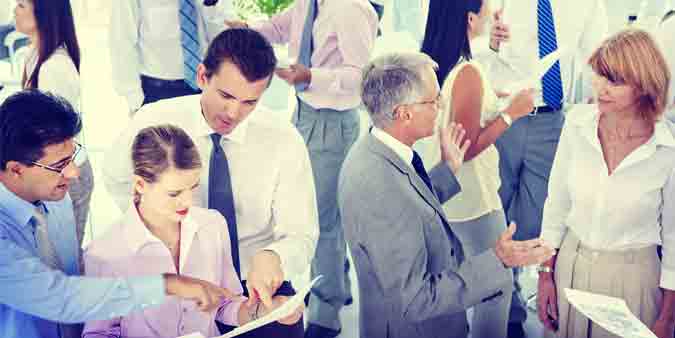When digitizing collections, archivists should always take legal and ethical rights into consideration and proceed with caution when documenting culturally sensitive content—with sympathy as to the context of how the materials were collected, and consideration in the manner in which such content is presented.
We've Moved!
Think Clearly has a new home! Click here to see our latest posts.
*If there’s older content you’d like to catch up on, you can browse right where you are, until Friday, April 5th.
We know it takes a minute to get used to change!
Ethical, Legal, and Cultural Considerations for Digital Archival Projects
Topics: Digital Archives, Archives, Collections Management
The single most important “KM sale” you can make is to your senior leaders. If you get them on board, everything else will be much easier. If you can’t, you need to keep trying until you do. To get their sponsorship and support, tell stories, make the business case, and sell the benefits. Please read on to learn about effective storytelling, drawn from my new book Proven Practices for Promoting Knowledge Management.
Topics: Knowledge Management, Professional Development, KM
With few exceptions museums rely on grant funding to supplement their annual budget. While it’s recommended a museum cultivate a stream of income that supports its yearly activities, most museums can only afford to keep the lights on and maintain a spartan staff.
Part Four: Aligning Research Results with Decision-Making—SWOT and Fish Bones
I’ll bet you’ve done SWOT a lot. It’s a classic technique but one which benefits, I believe, from fish bone force field diagramming. It’s easy to do and, with good facilitation, mines the brains in the room quickly.
Topics: Professional Development, Special Libraries, Strategy
Selection practice in most archives is aimed at meeting the current needs of user communities. Criteria developed by archives to select items for digitization are based on evidential and aesthetic values, as well as informational, intrinsic, and artifactual values.
Topics: Digital Archives
In my latest book, Proven Practices for Promoting a Knowledge Management Program, I share a number of keys to success (Chapter 12) for KM practitioners implementing knowledge management initiatives within the corporate world.
Topics: Professional Development, KM, Knowledge Management Software
Image: University of Missouri’s Museum of Art and Archaeology
The University of Missouri’s Museum of Art and Archaeology exists to “advance…understanding of artistic and cultural heritage through research, collection and interpretation. [They] further their mission by preserving, enhancing and providing access to the collections for the benefit of present and future generations.” A museum staff of 12 (including part-time and student help) manage a collection of almost 16,000 objects, with a particularly strong antiquities collection.
Topics: Museums, Collections Management
Part Three: Aligning Research Results with Decision-Making—Tools to Inspire Creativity and Encourage Divergent Thinking
In this third post in my series about interesting frameworks and tools for thinking about the value-add we can provide in our product and service design, I’ll outline three tools I use all the time—sometimes alone, and sometimes in collaboration with others.
Topics: Professional Development, Special Libraries, Strategy
Digital imaging captures all the information in photographic originals. Read on for some guidelines on making the best digitization choices, always with the ultimate usage of the images in mind.
Topics: Digital Archives
Formal standards, such as Describing Archives: A Content Standard (DACS), Graphic Materials, and Rules for Archival Description (RAD), have been developed over time for the description of archival materials. While descriptive standards offer consistency, archival repositories employ descriptive systems suited to their holdings, not universal access, and description continues to be idiosyncratic.
Topics: Digital Archives, Archives, Collections Management
You don’t have to go it alone to sell KM inside your organization. There are many avenues available that let you take advantage of outside help when you’ve run out of ideas (or steam!) and need to regroup or re-energize. These include joining and participating in KM communities, using industry analyst reports, and interviewing your peers in other organizations.
Topics: Knowledge Management, Professional Development, KM Software
Part Two: Aligning Research Results with Decision-Making—Thinking About Thinking (Edward de Bono)
In my previous post, I wrote about how analyzing the ways in which thinking and decision-making happen offers interesting frameworks special librarians can use to strategize about the added value we provide in our product and service design. In this post I outline one of my favourites—Dr. Edward De Bono’s Six Thinking Hats.
Topics: Professional Development, Special Libraries, Strategy
Inmagic Presto V5.0 – Knowledge Management Software Informed by Our Clients
Our latest Inmagic Presto release includes a number of exciting capabilities that enable knowledge managers to offer users an ever more visually appealing, easily navigable, personalized and efficient KM platform.
Topics: Inmagic Presto, KM, Knowledge Management Software
Working with collections in a library, archives, or museum (LAM) setting requires knowledgeable professionals. Through a combination of specialized education and experience gained in the field, professionals amass knowledge and skills developed for a very niche area. Most positions found within a LAM will require a high level of education and experience, but not every professional position needed can be funded.
Topics: Museums, Archives, Collections Management
Part One: Aligning Research Results with Decision-Making—SWOT, 4-Squares, Fish Bones, and More
Sometimes special librarians struggle to define the right level of value-added service to deliver. I’ve been thinking about this a lot lately and considering what are the most important frameworks and ways to add value.
Topics: Professional Development, Special Libraries, User Engagement
The development of selection policies is a core component of digital projects, and many selection guidelines and criteria have been developed by institutions, national governments, and international organizations. Institutions need to validate their selection procedures for digitization concerning external criteria, especially with the increase of collaborations for digital projects.
Topics: Digital Archives, Collections Management
You don’t have to go it alone to sell KM inside your organization. Take advantage of outside help by scheduling visits with others who are doing KM well, joining and participating in KM communities, using industry analyst reports, or retaining an outside consultant.
Topics: Knowledge Management, Professional Development, KM
When Your Archives and Special Collections Aren't Special
As discussed in a previous Library, Archives, and Museum (LAM) post, archives and special collections are often found within museums. While “special” is indicated in the name, the specialness can cause heartache and extra work for staff members who aren’t used to working with Archives and Special Collections (ASCs). This post will help define what ASCs are and identify common areas where ASCs aren’t special.
Topics: Museums, Archives, Collections Management



















